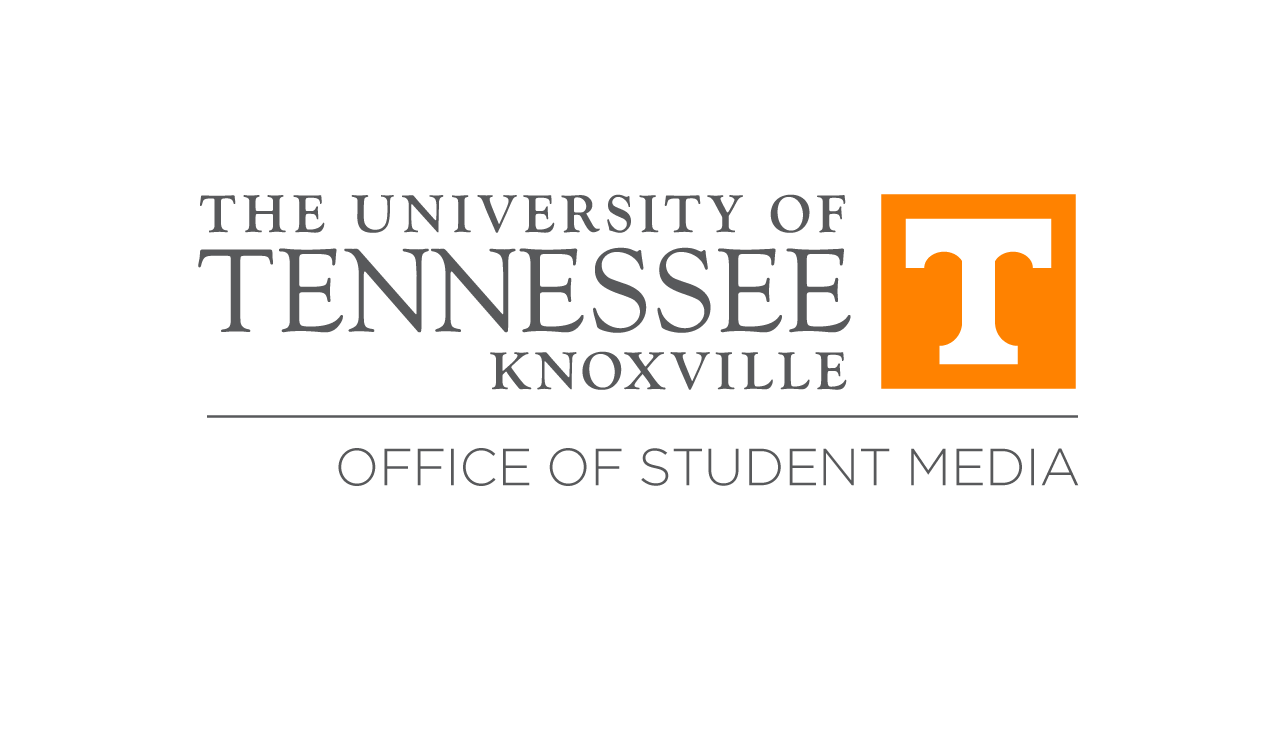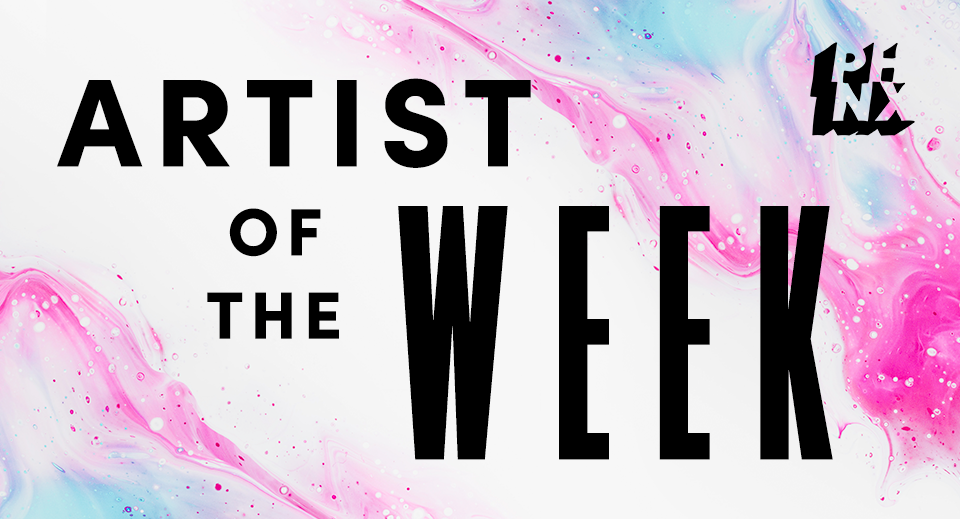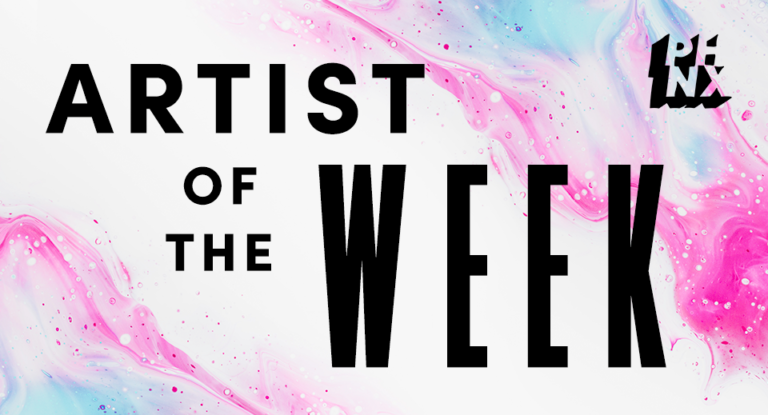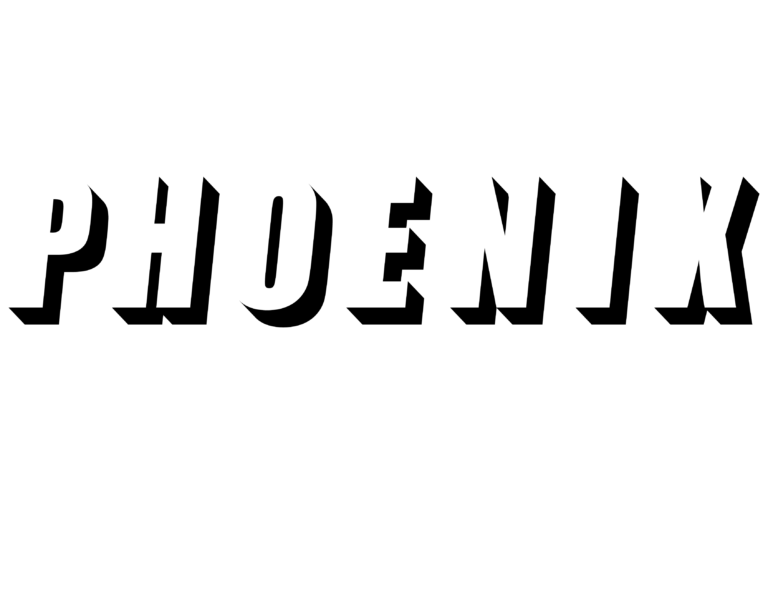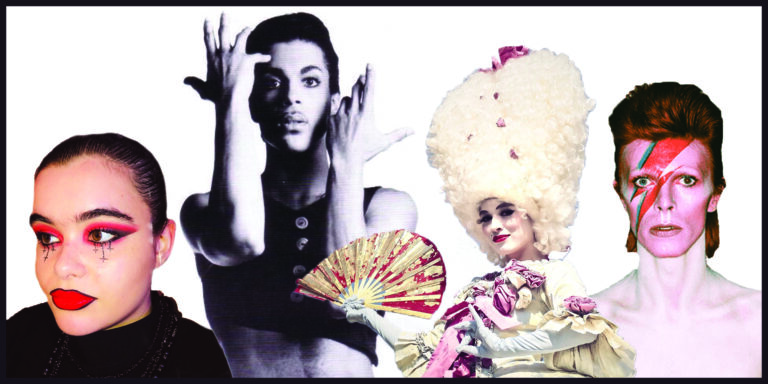Written by Sadie Kimbrough
Edited by Lynda Sleeter
As early as the application process, college students are encouraged to commit to a major that will define their postsecondary experience.
But as recent UT graduate Maddie Mae Sasse may tell you, a college education cannot be contained within a singular department. When binaries to learning are removed, the connections between various disciplines reveal themselves.
Working under the Director of Equity, Inclusion, and Trauma-informed care at a Minnesota hospital, Sasse combined her diverse passions of medicine and filmmaking. She compiled interviews with patients throughout their medical journey and presented them with the finished product once they were discharged from the hospital.
"You could really see the arc of healing both actually physically and emotionally. I remember the postpartum depressive mother who I made the video for. She was just so grateful, because she had, on film, her getting better. It's such a great feeling to watch yourself become lighter with every clip."
The amelioration produced by Sasse's ability to blend science with creativity can be traced to high school, when she was actively involved in TV production and started her YouTube channel.
"I felt like I was very easily balancing science and art in high school and absolutely putting everything into science in college," the alumna reflects on her early college days as a neuroscience student. "There was no time for me to do anything artistic. I was trying to keep up with my classes. I had lab work. I needed to get a job."
This dilemma is not uncommon to the typical college student. Financial, academic, and time-related constraints can greatly hinder expressive endeavors.
However, after her mother brought her attention to an unusual program at Columbia University, Sasse discovered a solution for her lacking creative outlet.
"I didn't start Narrative Medicine," she says of the program coined by Rita Charon, professor of Medical Humanities and Ethics at Columbia. "I'm just helping bring it to UT."
According to Sasse, Narrative Medicine approaches medicine with "courses that instill narrative competence," ensuring that healthcare professionals are equipped with skills such as active listening and empathizing.
"Really breaking that boundary between a patient's experience and a physician's interpretation of that experience."
While founder Charon focuses on literature courses for narrative proficiency, Sasse is interested in film.
Because a program like this didn't exist at UT, she decided to apply to the College Scholars Program, where students create their own interdisciplinary majors to accommodate their particular interests. Sasse titled her program Narrative Medicine with a concentration in Film. Suddenly, the boundary between her pre-med classes and interest in film production ceased to exist.
"I sat down on the first day of my screenplay writing class, and I was actually giddy. I was like, 'You guys have no idea how excited I am to be here!' And everyone was like, 'Who is that weird girl?'"
Sasse incorporated her new skills from her film classes into her YouTube videos. In addition to her weekly vlogs, she creates short films set either to music or narration of personal poetry.
"I always created videos on my YouTube channel, but they never existed on paper. Nothing was ever planned, just on the whim. That class really taught me the quantitative more technique-based side of film."
While her new courses taught her a more systematic approach to filmmaking, she explored creative methods in tackling chemistry.
"I was associating colors with different molecules, making up ways to remember names," recalls Sasse. "I was flying through my problems and wondering why is creativity not more encouraged in these quantitative courses?"
As she immersed herself in Narrative Medicine, she found herself comfortably blending the orderliness of science with the imaginativeness of art.
"It was like the two parts of my brain, while contrasting, were really trying hard to work together," explains Sasse. "It's a muscle you have to keep working, and eventually, the two work in sync and with each other. It benefited me, more than harmed me, bouncing between the two."
This mental collaboration is the core of Narrative Medicine. An artistic perspective helps to elicit emoiton, and therefore empathize with and understand the human experience. Sasse believes in viewing patients as people, not just illnesses.
"The goal is not to make people excited to go to the hospital, but to make them comfortable going to the hospital. People aren't necessarily being treated, but they're part of their treatment."
Sasse's studies are more relevant than ever. The COVID-19 pandemic brought about overcrowded hospitals, overworked healthcare workers, and overwhelming fear across the world. Narrative Medicine establishes an evidently needed avenue for medicine: an inclusive route aiming to dilute anxiety toward healing.
The profile for Sasse's College Scholars program can be found here.

